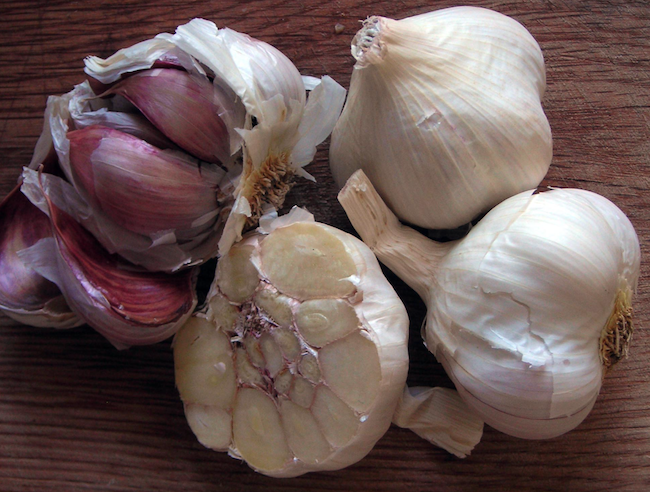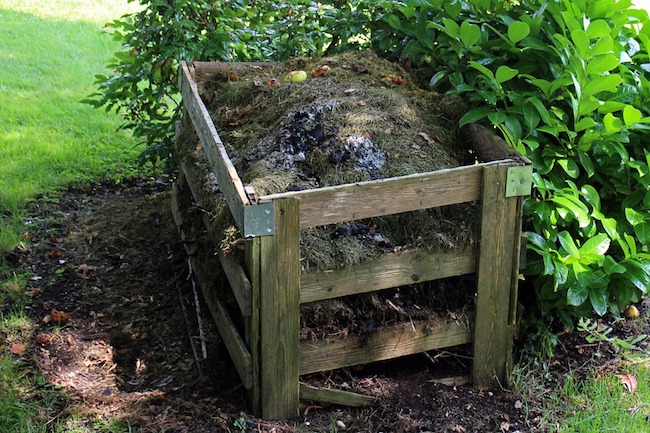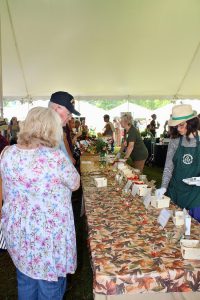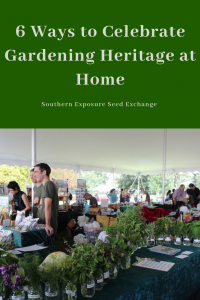As the leaves begin to change colors each fall I’m relieved by the decrease in garden chores but I’m also saddened the thought of nothing but store-bought or preserved produce. Thankfully there are a few ways to keep the fresh, local food on your table through the winter.
Cold frames, low tunnels, hoop houses, and more.

One of the best ways to enjoy fresh food from your garden during the winter is to utilize a season extender. You can use a hoop house, low tunnels, a green house, or cold frames in order to buffer your crops from winter lows. Cold hardy crops like pan choi, kale, arugula, spinach, radishes, turnips, and beets can be planted in these during the fall so that you can enjoy harvest through the winter. Note that even if your garden is protected from low temperatures lack of daylight during the winter still hamper plant growth. To ensure good winter harvests plan ahead and plant in the fall or late summer while there’s still plenty of light.
In the ground.
Some late plantings of root crops like carrots, beets, and even potatoes can be left in the ground in some southern states. Mulch them heavily with a thick layer of leaves, straw, or hay and dig them as you need them.
In the kitchen.

Garlic and onion bulbs can both be easily grown in large enough quantities to feed a family for a year. They store well at room temperature so they can be kept right in the kitchen. Bulb onions and soft neck garlic can be braided for store helping to save space and look lovely hanging in the kitchen too.
Root cellars.
There are many crops that can be stored fresh in a root cellar or other cool/cold storage though the winter. These include root crops like beets and carrots as well as cabbage, potatoes, winter squash, and pumpkins. Pumpkins and squash do well in slightly warmer While an actual root cellar is wonderful they’re not absolutely necessary. Check out this post for how to store crops without a root cellar.
Fresh, homegrown produce doesn’t have to be a fleeting summer pleasure. With a little bit of extra planning and hard work you can enjoy fresh, local food year round.



 At the festival, SESE puts on a huge tomato, pepper, and melon tasting. It’s a lot of fun but it can also be really helpful for gardeners unsure about which varieties they might want to add to their garden next year. If you can find others growing heirlooms in your area swapping samples may help you plan your seed order. If other gardeners in your area aren’t growing heirlooms offering a tasting of varieties you grow may encourage them to plant some of their own.
At the festival, SESE puts on a huge tomato, pepper, and melon tasting. It’s a lot of fun but it can also be really helpful for gardeners unsure about which varieties they might want to add to their garden next year. If you can find others growing heirlooms in your area swapping samples may help you plan your seed order. If other gardeners in your area aren’t growing heirlooms offering a tasting of varieties you grow may encourage them to plant some of their own.